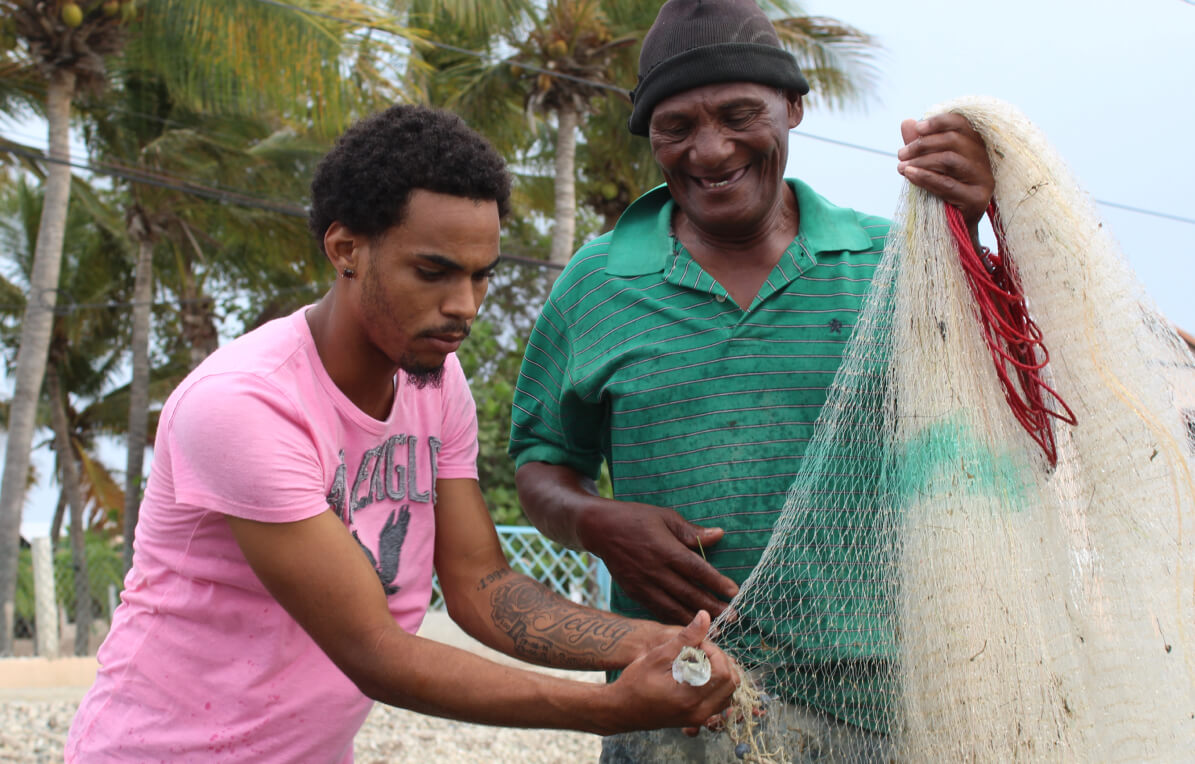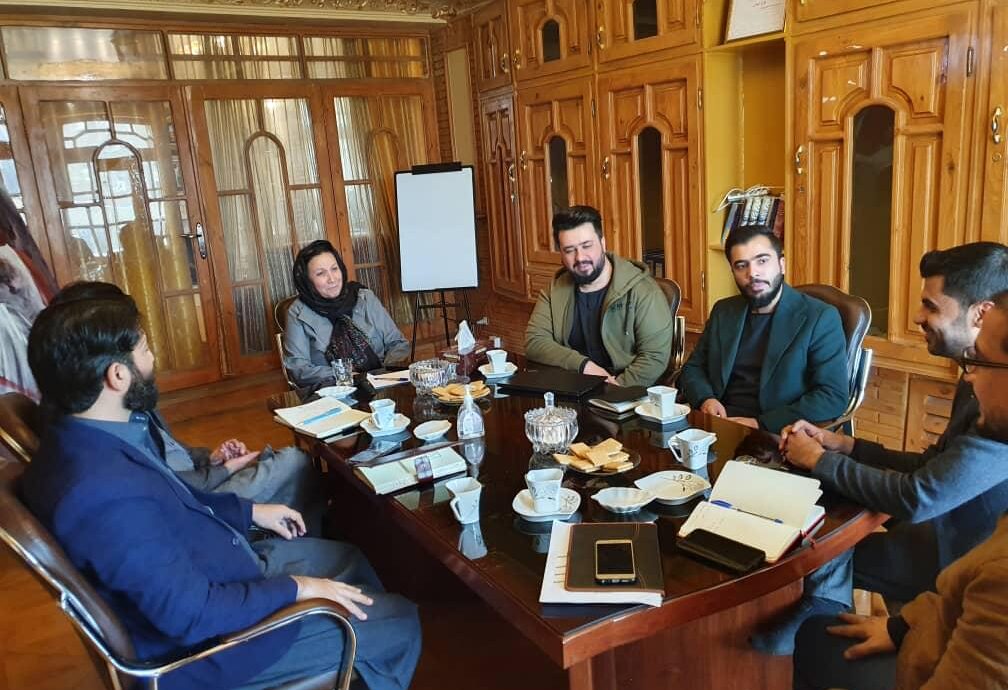Emily Buerkle and Kealan Burke, University of Dayton
The Development Challenge
As international donor funding recedes, civil society organizations (CSOs) in resource poor environments have struggled to remain financially viable. Additionally, over-reliance on a single or limited number of donors impedes CSOs’ ability to advocate for causes that are meaningful to their constituents and to act independently on initiatives which they value.
Our Proposed Solution
To help address this challenge, we created a Domestic Resource Mobilization (DRM) tool, which is essentially a composite index of potential resource sources, so that CSOs can better understand, assess, and prioritize their fundraising efforts. The DRM tool can also help researchers and organizations working to support and develop programs to support civil society. We then tested the DRM tool by applying it to two sub-Saharan African countries: Malawi and Zambia.
The DRM tool we designed seeks to evaluate countries using a standard set of categories that are linked to enabling an environment that allows for sustainable and self-reliant CSOs. Our team came up with the following categories and sub-categories for our index. Each sub-category was scored 0-5 so each of the four categories could receive a maximum score of 15. The table below also shows how we evaluated resource availability for Malawi and Zambia
| Resource Availability Indicators | Malawi | Zambia |
| Economic Conditions | 7 | 8 |
| Gross National Income (GNI) Per Capita | 2 | 3 |
| Natural Resources via Extractive Industry Transparency Initiative (EITI) | 2 | 3 |
| Volume of Official Development Assistance (ODA) | 3 | 2 |
| Political Conditions | 7 | 8 |
| Low Level of Corruption via Transparency International Index (TI-CPI) | 2 | 2 |
| Political Openness via CATO Human Freedom Index (HFI) | 3 | 3 |
| Relationship between Government and Civil Society Organizations | 2 | 3 |
| Legal Conditions (via International Center for Not-for-Profit Law Civic Monitor) | 6 | 8 |
| Laws Governing Civil Society | 2 | 3 |
| Tax Incentives for Social Giving | 2 | 2 |
| Ability of Civil Society Organizations to Generate Revenue | 2 | 3 |
| Social Conditions | 10 | 10 |
| World Giving Index (WGI) | 3 | 2 |
| Religion and Public Live via Pew Research Center (PRC) | 3 | 4 |
| Citizen Perception of Civil Society via CIVICUS Civil Society Index (CSI) | 4 | 4 |
| Total | 30 | 34 |
Using these quantitative findings, researchers and development program designers can dig deeper into the data an analyze which factors can be further supported in order to create a stronger and more self-reliant civil society.
Challenges
Creating the DRM tool was challenging. The two biggest challenges were selecting the most relevant categories and sub-indicators as well as providing a quantitative score for each indicator. While many of our index indicators and data came from well-recognized organizations (the World Bank and OECD) and data such as GNI was clear, other indicators were less clear and worked more as a proxy indicator (i.e. CIVICUS Civil Society Index). The proxy indicators were generally in the political, legal, and social categories.
For example, within the cultural category, one of the more difficult indicators involved religion. We used the assumption that strong existence and diversity of religion equated to increased opportunity for financial and in-kind support for CSOs from religious groups. While this makes logical sense to us, we did not necessarily have data to back up this assumption. This was the case for other indicators as well. For example, the existence of an extractive industry sector or a law allowing social enterprise did not mean that that necessarily benefited civil society. In each case, we eventually had to make a decision and use the best available information to finalize our tool.
It was also challenging to fit qualitative data or even numerical data into our 0-5 scoring scale. Ultimately, we had to be comfortable that this would be an imprecise determination, but we had to demonstrate consistency across indicators and when comparing countries. Our final assessment and research report was a data-heavy and descriptive document that was not very readable. We used tables, charts, and other data visualizations to present our findings more clearly and make it more accessible to more readers.
What We Learned
This was an extremely interesting research activity that allowed us to see how different data sets can be compiled, evaluated, and then used to develop tools and programs to increase social giving and strengthen civil society.
While the economic indicators were the most straightforward, we found it most interesting to evaluate and quantify the social and political categories. Specifically, it was interesting looking at how religion, social giving, and civil society were or were not inter-related in the social category. While religious adherence in both countries was quite strong, we were surprised to see that donations and volunteer time was quite low according to the World Giving Index. This would be an interesting area for further research.
It was also interesting to analyze the governance indicators. In both countries, corruption is quite widespread. This was correlated with low scores in good governance, political competition, and civic space. In doing more in-depth reading on both countries, it is clear that the negative legacy of colonialism persists. This is changing and can be expedited by further investments in education, health, institutional capacity, and a governance approach that involves citizens, the private sector and public authorities in both countries.
In conclusion, we hope to have contributed a useful tool to Counterpart International’s work in helping identify methods and activities that support domestic funding for self-reliance and strengthening civil society. As student researchers, we found this assignment to be difficult but educational and see this as a launching point for other researchers and development professionals to further develop and refine useful tools in this area.




